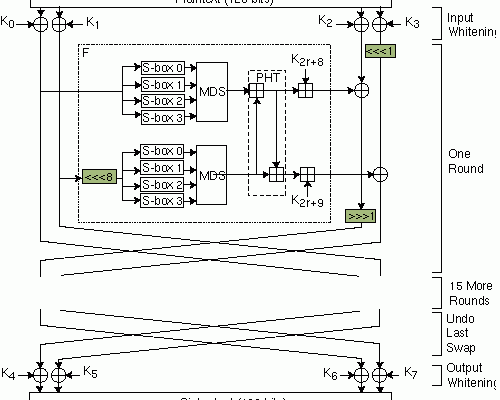What is User Acceptance Testing (UAT)?

User Acceptance Testing (UAT) is the process involved in evaluating software to determine if it meets the specified requirements and meets the needs of end-users. It is often one of the last stages of software development before releasing the software to production for the end-users to utilize.
In UAT, the software is tested by the end-users or people who are familiar with the software as well as having a good knowledge of the business processes. The focus of UAT is mainly on the software’s usability, functionality, reliability, and overall performance. The purpose of UAT is to ensure that the end-users are satisfied with the software and that it meets their expectations.
The process of UAT typically takes place after the software has passed all other testing stages, which includes unit testing, integration testing, and system testing. The software is then tested against several use cases, which are designed to replicate real-world scenarios. This is to ensure that the software operates as expected in different situations and that the end-users are capable of performing different tasks with ease.
The UAT process is divided into two phases. The first phase is where the tests are performed using test scenarios designed by the developers, and the second phase is where the end-users test the software using real-world scenarios. During the testing phase, the end-users often use documented test cases that outline everything they need to do while interacting with the software. The end-users then document each bug or issue that they encounter, such issues are known as defects.
Once all the issues are identified and documented by the end-users, the development team will fix those issues and retest the software. This process will continue until all issues are resolved, and the end-users are happy with the software’s usability, functionality and overall performance.






